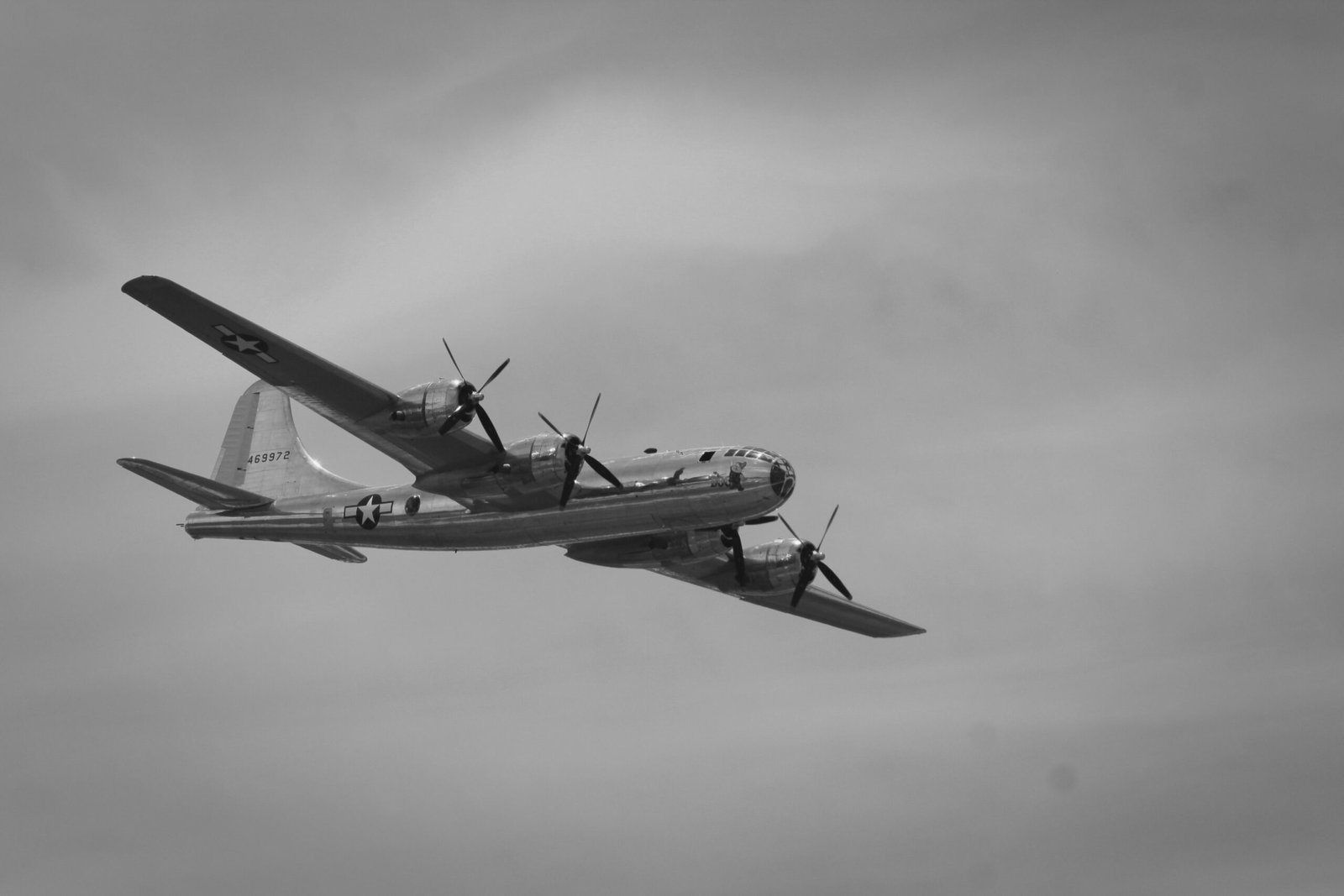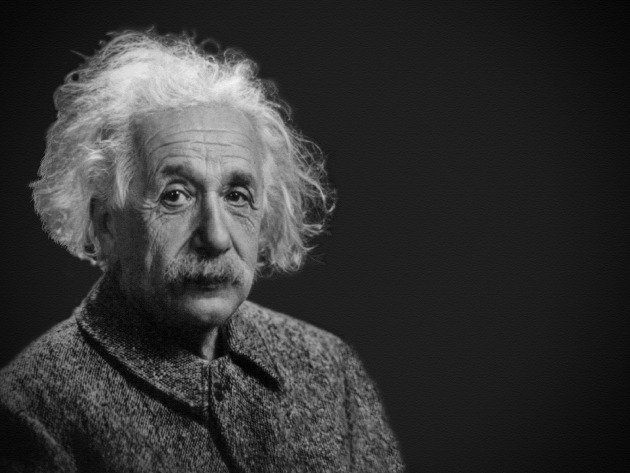1. Battle of Stalingrad
The Battle of Stalingrad, which raged from August 23, 1942, to February 2, 1943, stands as one of the deadliest and most pivotal confrontations of World War II. Involving approximately 2.2 million soldiers, it was a battle of monumental scale and consequence. The city’s strategic importance stemmed from its industrial capacity and its position on the Volga River, a crucial transport route. Controlling Stalingrad would not only disrupt Soviet logistics but also serve as a symbolic victory for Nazi Germany.
Key military leaders played decisive roles in the Battle of Stalingrad. On the German side, Field Marshal Friedrich Paulus led the 6th Army, which spearheaded the offensive. Opposing him were Soviet commanders such as General Vasily Chuikov of the 62nd Army, tasked with the defense of the city, and General Georgy Zhukov, who orchestrated the Soviet counteroffensive. The battle unfolded in several distinct stages, beginning with the German assault, which saw intense urban warfare and significant casualties on both sides.

As the German forces advanced into Stalingrad, they encountered fierce resistance from Soviet troops and civilians alike. The brutal street-to-street and house-to-house fighting took a heavy toll. The turning point came with Operation Uranus, launched by the Red Army in November 1942. This counteroffensive encircled the German 6th Army, trapping them in the city during the harsh winter. Despite desperate attempts to break out or receive relief, the encircled German forces eventually succumbed to starvation, disease, and relentless Soviet attacks.
The impact of the Battle of Stalingrad on the Eastern Front was profound. It marked the first major defeat of Nazi Germany’s military forces and significantly weakened their fighting capability. The victory boosted Soviet morale and marked a turning point in the war, leading to a series of successful offensives that would eventually push German forces back to Berlin. The significance of Stalingrad in the eventual defeat of Nazi Germany cannot be overstated; it was a critical juncture that shifted the momentum in favor of the Allies.
2. Battle of Berlin
The Battle of Berlin, which transpired from April 16, 1945, to May 2, 1945, stands as one of the most significant and largest military confrontations in human history. This final major offensive of the European theatre of World War II involved an astounding number of soldiers—over 3.5 million—making it a monumental clash in terms of human participation and military resources.
As Soviet forces launched their encirclement and subsequent assault on Berlin, the city transformed into a fierce battleground. The Red Army, under the command of Marshal Georgy Zhukov and Marshal Ivan Konev, advanced from the east, while other Soviet units closed in from the north and south. The German forces, significantly outnumbered and facing dwindling supplies, were entrenched in defensive positions within the city, leading to intense urban combat characterized by street-to-street and house-to-house fighting.

The severity of the urban warfare saw both sides incurring heavy casualties. Soviet soldiers faced formidable resistance from German troops, including the Volkssturm, a militia composed of older men and young boys. Despite the desperate defense, the sheer numerical and strategic superiority of the Soviet forces gradually overwhelmed the German defenders. By April 25, 1945, Berlin was fully encircled, sealing the fate of the city.
The eventual fall of Berlin was marked by the Soviet capture of key locations, such as the Reichstag, and the raising of the Soviet flag atop its ruins. On May 2, 1945, German General Helmuth Weidling, commander of the Berlin Defense Area, surrendered the city to the Soviets, effectively ending the battle. This pivotal moment precipitated the surrender of Nazi Germany on May 8, 1945, thereby concluding World War II in Europe.
The aftermath of the Battle of Berlin was profound. The city lay in ruins, symbolizing the devastation of war. The victory not only marked the end of Nazi tyranny but also set the stage for the geopolitical landscape of the post-war world. The Soviet Union’s triumph in Berlin solidified its influence in Eastern Europe, shaping the Cold War era that followed.
3. Brusilov Offensive
The Brusilov Offensive, which took place from June 4, 1916, to September 20, 1916, stands as one of the most significant and lethal military operations of World War I. Named after its architect, General Aleksei Brusilov, this offensive involved approximately 3.5 million soldiers, marking it as one of the largest battles in human history. The primary objective of the offensive was to alleviate pressure on the Allies by diverting central power forces from the Western Front, thereby weakening the Austro-Hungarian and German armies.
General Brusilov introduced a series of innovative tactics that would revolutionize military strategy. Unlike the traditional reliance on prolonged artillery bombardments, Brusilov implemented surprise attacks and localized strikes, allowing for swift and decisive engagements. He meticulously planned the offensive by conducting extensive reconnaissance and camouflaging troop movements, which caught the enemy off-guard. Furthermore, the use of “shock troops” to break through enemy lines and the deployment of reserves to exploit breaches were pivotal aspects of his approach.

The Brusilov Offensive comprised several significant battles, including the Battle of Lutsk and the Battle of Kovel. These engagements inflicted substantial casualties on the Austro-Hungarian forces, leading to a significant weakening of their military capabilities. The offensive’s success forced the Central Powers to divert troops from other fronts, thereby relieving pressure on the Western Allies. The Austro-Hungarian army, in particular, suffered irreplaceable losses, both in terms of manpower and morale.
The impact of the Brusilov Offensive on the Eastern Front and the overall trajectory of World War I was profound. It demonstrated the effectiveness of coordinated and meticulously planned offensives, and its success contributed to the eventual collapse of the Austro-Hungarian Empire. The diversion of German resources to counter the offensive also played a crucial role in the dynamics of the Western Front. Ultimately, the Brusilov Offensive underscored the strategic complexity and scale of World War I, highlighting the critical role of innovative military tactics in shaping the course of the conflict.
4. Battle of Moscow
The Battle of Moscow, a pivotal engagement during World War II, spanned from October 2, 1941, to January 7, 1942. This immense clash involved over 2.5 million soldiers from both the German and Soviet forces. Strategically, Moscow held immense importance as the political and logistical heart of the Soviet Union. Its capture was deemed crucial by Adolf Hitler, who believed that seizing the Soviet capital would deliver a crippling blow to the USSR.
The initial phase saw the German Wehrmacht launching Operation Typhoon, aiming to encircle and capture Moscow swiftly. The German forces advanced rapidly, exploiting their superior mobility and firepower. However, the onset of the infamous Russian winter dramatically altered the battlefield conditions. The harsh weather, combined with the overstretched German supply lines, began to impede the Wehrmacht’s progress.

On the Soviet side, Joseph Stalin ordered a staunch defense of the capital, appointing General Georgy Zhukov to spearhead the operations. The Soviet defense was characterized by fierce resilience and the strategic deployment of reserve forces. Civilians played a crucial role, constructing defensive fortifications, which slowed the German advance. The Red Army endured severe hardships, including freezing temperatures, inadequate supplies, and relentless German assaults. Despite these challenges, Soviet morale remained buoyant, driven by a fierce determination to protect their homeland.
The turning point came in early December 1941, when the Red Army launched a robust counter-offensive. Bolstered by fresh Siberian troops, acclimated to the harsh winter, the Soviet forces began pushing back the German lines. This counter-offensive not only halted the German advance but also marked the first major defeat for the Wehrmacht in the war. The successful defense of Moscow was a significant morale booster for the Soviet Union and underscored the resilience and strategic acumen of its military leadership.
The Battle of Moscow’s outcome had far-reaching implications. It shattered the myth of German invincibility and marked the beginning of a prolonged and grueling conflict on the Eastern Front. The Soviet victory at Moscow proved to be a turning point, demonstrating that the Red Army could withstand and repel the formidable German military machine. This battle stands as a testament to the strategic importance of Moscow, the resilience of its defenders, and the critical role it played in shaping the course of World War II.
5. Battle of Kursk
The Battle of Kursk, which unfolded from July 5 to August 23, 1943, stands as one of the largest and most significant military engagements in human history. This monumental confrontation during World War II saw nearly 3 million soldiers clashing on the Eastern Front. The German offensive, codenamed Operation Citadel, aimed to encircle and destroy a substantial portion of the Soviet Army in the Kursk salient, a bulge in the front lines that extended into German-held territory.
The Germans meticulously planned Operation Citadel, hoping to regain the strategic initiative after the catastrophic defeat at Stalingrad. The offensive was centered around a massive pincer movement, with the northern and southern flanks converging to encircle the Soviet forces. However, the Soviets were well aware of the impending attack. Utilizing intelligence from various sources, including the British Ultra decrypts, the Soviet High Command, led by Generals Zhukov and Vasilevsky, orchestrated an extensive and deeply layered defensive strategy.

The Soviet preparations included the construction of formidable defensive lines, comprising minefields, anti-tank ditches, barbed wire, and fortified positions. These defenses stretched for hundreds of miles and were manned by hundreds of thousands of troops. The climactic point of the battle occurred at Prokhorovka on July 12, 1943, where a massive tank battle ensued. This engagement involved around 1,200 tanks and is one of the largest tank battles in history.
The Battle of Kursk ended with a decisive Soviet victory. The Germans, suffering heavy losses in both manpower and materiel, were forced to retreat. The Soviets, despite also incurring significant casualties, managed to halt the German advance and launch counteroffensives that pushed the Germans back further. The outcome of the Battle of Kursk had profound implications for the Eastern Front and World War II as a whole. It marked the last time the Wehrmacht would launch a major offensive in the East, effectively shifting the balance of power in favor of the Allies.
The significance of the Battle of Kursk lies not only in its scale but also in its strategic impact. It underscored the growing strength and resilience of the Soviet military and foreshadowed the relentless Soviet advances that would ultimately lead to the fall of Berlin in 1945. Kursk, thus, stands as a pivotal turning point that contributed significantly to the eventual Allied victory in World War II.









